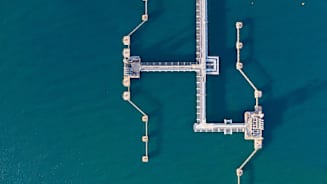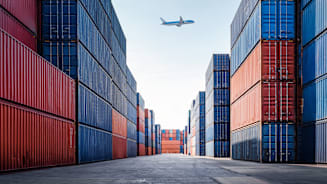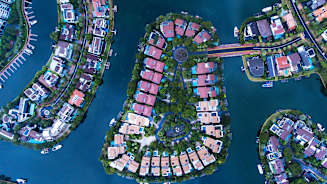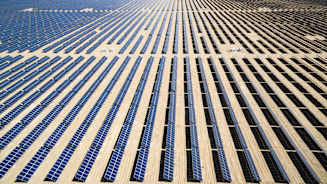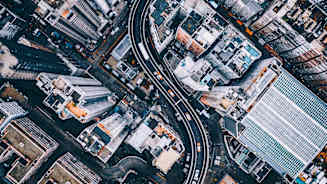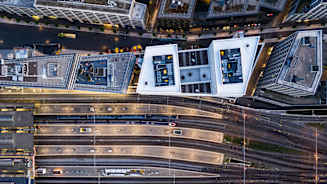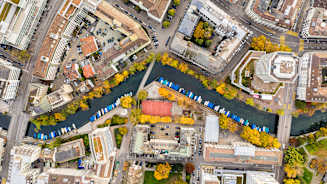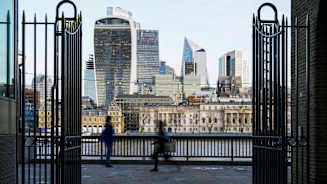Key Risks in Design, Development and Construction
Power Availability
Power is now a key consideration for data center operators conducting site selection. Operators have begun to canvas counties and utility providers across regions in search of large tracts of untapped, ready-to-go power, as well as markets with available power from renewable and sustainable sources, such as solar, wind, hydroelectric and micronuclear. Nonetheless, traditional power is still very much needed to power data centers. While developers are exploring how renewable energy can play an ever-increasing role, these projects remain closely tied to those power sources.
Many utility providers are suggesting wait times of several years for sizable power to be delivered to their developments. The challenge of available power has led operators to invest in new power technologies, such as battery storage facilities and geothermal power.
Power supply challenges have been seen in data centers in North Virginia, for example. While transmission line construction has progressed, power availability and permitting processes have had a significant impact on data center construction timelines in the state. Meanwhile in Silicon Valley, several developers who purchased property to build a data center have been notified that they won’t receive utility power for over a decade, and must decide whether to wait, sell, reposition or pursue alternative power sources.10
Due to the increased use of GenAI, data centers are also growing in scale, with developers building power production, such as natural gas burning generation, at the site itself. On-site campuses with their own power needs are likewise being built to house permanent workers, which developers must consider in site selection, alongside other power-related considerations. For instance, in Malaysia, data centers must be built within a certain range of metro areas due to a decrease in power availability when located too far away.
Land Availability
As cloud demand from AI increases, operators are looking to build larger developments to satisfy hyperscale users. In addition to demanding more power, owners must find larger acreages to lock in a land price that protects exposure to speculative demand once a major market development is announced. This also helps operators control the phasing of the development over a period of several years.
While larger acreages can provide the opportunity for substation and renewable energy development, securing large parcels of land in many metropolitan areas can be difficult. In Paris, for example, securing land for new data centers is affected by zoning restrictions implemented for the 2024 Olympics. On the other side of the world in Tokyo, limited land alongside power constraints have increased costs and delayed new developments.11
Growing Use of Sustainable Materials
Data center owners are increasingly trying to use low-carbon materials to decarbonize both the centers and construction operations. This approach includes concrete that permanently traps carbon dioxide and steel, which is powered using renewable energy. Microsoft is now building its first data centers made with structural mass timber to slash the use of steel and concrete, which are among the most significant sources of carbon emissions.12
Alternative cooling methods are also being considered to reduce energy use when a center is in operation. This includes central district cooling, where a handful of data center facilities within a district are cooled by one underground facility. The result is more efficient cooling for the entire district.
Fire Risks
Fires in data centers are typically caused by a breakdown of machinery, plant or equipment. A fire that spreads quickly can result in significant financial losses and business interruption.
While the structures for data centers often have concrete frames that are not significantly impacted by fires, it’s the high-value equipment that drives losses — from cooling technology to high-end computer servers or graphic card components.
“The degree of damage that can occur stems from the actual fire, and direct and indirect losses due to heat. The smoke and soot also cause significant damage to electrical components. And then, water coming from extinguishing the fire can worsen the extent of damage,” says Clarence Ting, Aon’s global claims leader for Construction & Infrastructure.
When these three components come together, the direct impact following an incident can cause a full replacement or close to full replacement loss scenario. If this type of fire damage occurs toward the end of a project, it often means a complete reset to day one. Even more, these scenarios usually require full replacement of equipment, in turn causing a start-up delay.
Many of the larger data centers are built in phases. While expensive server equipment is not necessarily fitted within a building still under heavy construction, workers move around the site, and flammable material will sometimes be stored while finishing works are ongoing, adding further to fire risk.
Pre-loss risk mitigation and related regulations are evolving to prevent associated losses. “Due to the high concentration of electrical components, and more combustible and flammable materials within data centers, there is an increasing focus on general risk management, separation of Li-ion batteries from the uninterrupted power supply systems and enhanced monitoring systems, which we expect to see grow in the coming year,” adds Ting.













